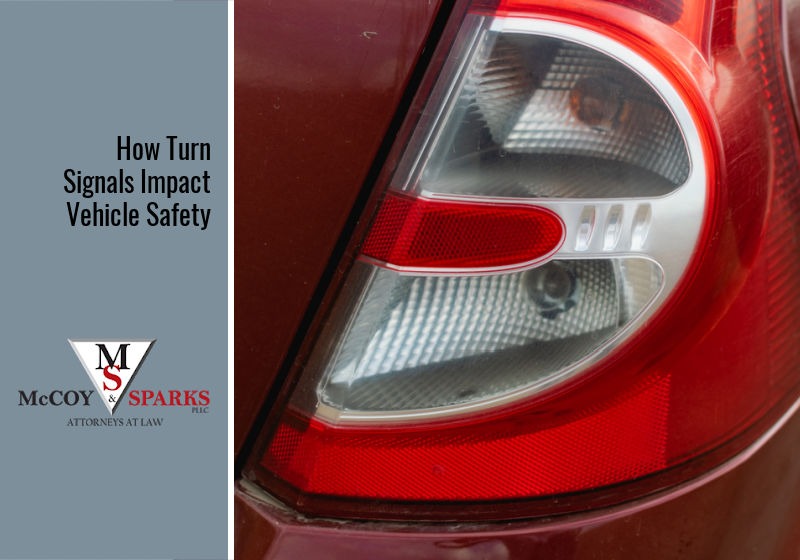
Close your eyes for a minute, and picture this: You’re driving behind a vehicle on a single lane road. As you come to a driveway, the car in front of you switches on their turn signal. Can you picture it?
What color was the turn signal? Red? Amber?
In the United States, turn signals have traditionally been colored either red or amber (yellow) from behind, and are typically amber in the front. However, the rest of the world almost exclusively uses or requires amber for turn signals on both sides of the vehicle—and it may be saving lives.
The Science Behind Turn-Signal Color
Brake lights on the rear end of vehicles are red. Because of this, red turn signals are harder to distinguish from brake lights, especially at a distance or in a quick moment where a split-second decision is necessary. Whether the car in front of you is braking, turning or both, your next move can determine if there is an accident or not, so having a clear picture of what the car in front of you is doing is essential.
As early as the 1960s, American carmakers began to switch front turn signals from white to amber in order to differentiate headlights from the signal light. Volkswagen even concluded in a 1977 study that amber rear signals are more effective but, because of the American market, have used red on their U.S. vehicles.
Instead of regulating turn-signal color, the U.S. began mandating a third rear brake light in the center of vehicles in 1986. This change was able to reduce rear-end collisions by 4.3%.
Why Turn-Signal Color Matters
The U.S. National Highway Traffic Safety Administration (NHTSA) published findings in 2008 that amber turn signals are up to 28% more effective at avoiding collisions than their red counterparts. They additionally found that, in identical make and model vehicles that only differed in rear turn-signal colors, the cars with the amber rear signal lights were 5.3% less likely to be rear-ended. This means that amber turn signals are more effective at reducing collisions than the mandated third brake light.
Even so, the United States still has not mandated a switch to amber from red in rear turn-signal colors while much of the rest of the world has for multiple decades. The safety benefits of upgrading to amber turn signals would far outweigh the costs associated with switching the colors, which average $10 or less, but until it is mandated, it is up to the individual brands and makers.
The Most Common Injuries From Rear-End Collisions
Rear ends are the most common type of collision and can happen at high speeds or under 10 miles per hour. No matter the speed, rear-end crashes have the potential to cause serious injury. Here are some of the most commonly sustained injuries from rear-end collisions:
- Head injuries (TBI, concussion, headaches)
- Soft tissue injuries (whiplash, sprains, strains, hernias)
- Bone fractures (arms, legs, chest, back, neck)
- Spinal injuries (slipped discs, numbness, paralysis)
If you or a loved one has been injured in a Kentucky rear-end collision or auto accident, you may be entitled to compensation. Contact McCoy & Sparks today for your risk-free consultation.
Trust McCoy & Sparks—Premier Personal Injury Attorneys in Nelson County
Recognized as one of Central Kentucky’s best law firm for over a decade and counting, McCoy & Sparks works to help people in trouble, representing thousands of clients in Central Kentucky with a focus on providing premium service and delivering superior results.
Regardless of the type of case, our goal is to develop a strategy that best serves your personal needs, then draws upon our courtroom skills to help you reach the best possible result. We start by getting to know you. Next, we will explain all your options, giving you the pros and cons of each choice so that you will be empowered to make informed decisions.
You owe us nothing unless we recover compensation for you. Make the right call to (844) 4KY-WINS for a risk-free consultation with one of our attorneys today.

